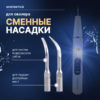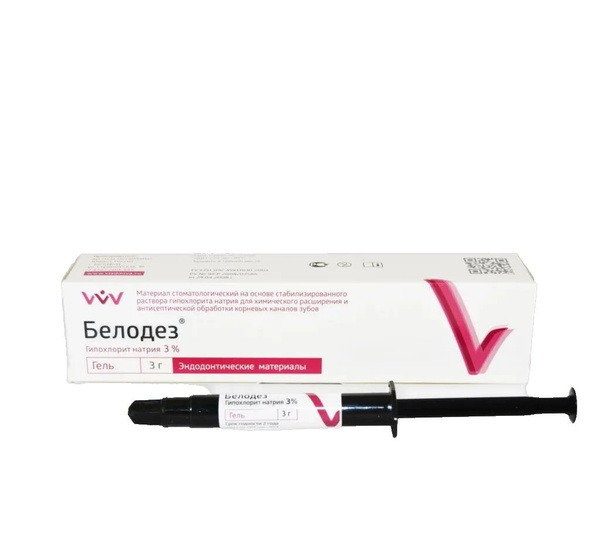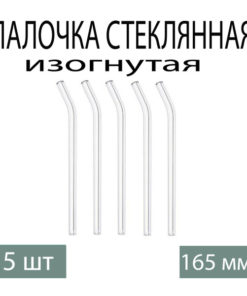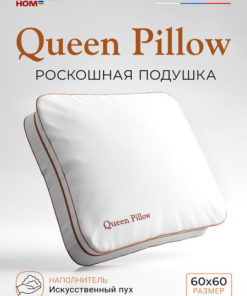-
×
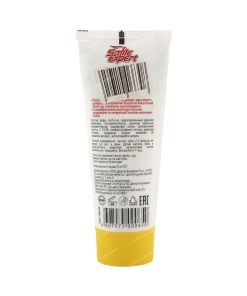 Smile Expert Kids Children's toothpaste with banana flavor without fluoride from 1-6 years old, 75 ml
1 × $9.00
Smile Expert Kids Children's toothpaste with banana flavor without fluoride from 1-6 years old, 75 ml
1 × $9.00 -
×
 My duckling Baby bath foam 2 in 1, 250 ml
1 × $9.00
My duckling Baby bath foam 2 in 1, 250 ml
1 × $9.00 -
×
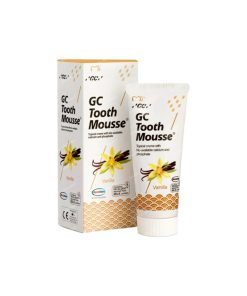 GC Tooth Mousse varnish dental vanilla flavor 35 ml
1 × $79.00
GC Tooth Mousse varnish dental vanilla flavor 35 ml
1 × $79.00 -
×
 Si-Line Silicone Vacuum Massage Cups Set: 4 Cups, Face Brush & Case
2 × $39.00
Si-Line Silicone Vacuum Massage Cups Set: 4 Cups, Face Brush & Case
2 × $39.00 -
×
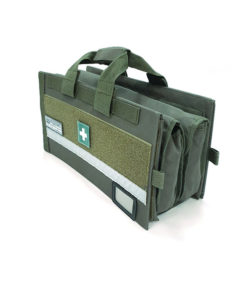 Olive Green Convertible Multi-Purpose Tote Bag SURT-01
1 × $109.00
Olive Green Convertible Multi-Purpose Tote Bag SURT-01
1 × $109.00 -
×
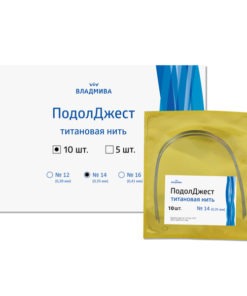 VladMiVa Podolgest Titanium Thread 14 (0.35mm) - 10 Pieces
1 × $79.00
VladMiVa Podolgest Titanium Thread 14 (0.35mm) - 10 Pieces
1 × $79.00 -
×
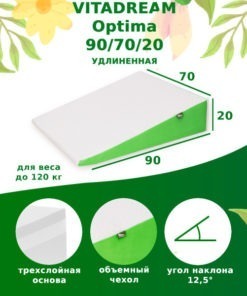 VitaDream Supportive Pillow 70x90cm (20cm High)
1 × $289.00
VitaDream Supportive Pillow 70x90cm (20cm High)
1 × $289.00 -
×
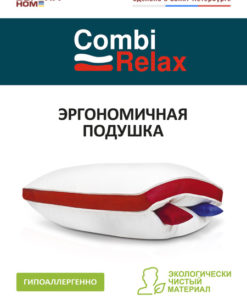 COMBI-RELAX Pillow with 2 Buckwheat Hull Rollers
1 × $79.00
COMBI-RELAX Pillow with 2 Buckwheat Hull Rollers
1 × $79.00 -
×
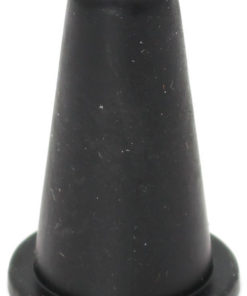 CE6-35 BK Protective Caps (50 Pack)
2 × $39.00
CE6-35 BK Protective Caps (50 Pack)
2 × $39.00 -
×
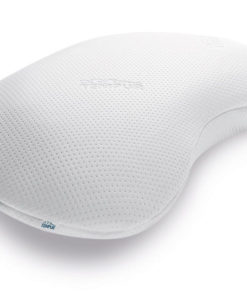 Tempur Sonata M Mattress
1 × $469.00
Tempur Sonata M Mattress
1 × $469.00 -
×
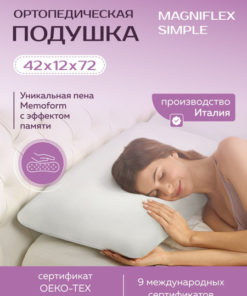 Magniflex Memoform Simple Pillow: Superior Comfort & Support
3 × $299.00
Magniflex Memoform Simple Pillow: Superior Comfort & Support
3 × $299.00 -
×
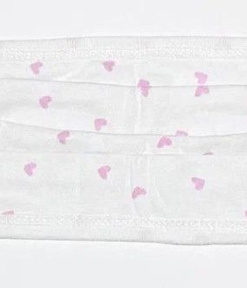 White Disposable Cat Mask
1 × $9.00
White Disposable Cat Mask
1 × $9.00 -
×
 Belt medical elastic size 5
1 × $19.00
Belt medical elastic size 5
1 × $19.00 -
×
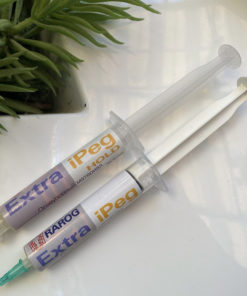 Liquid Treger Extra iPeg Syringe
1 × $69.00
Liquid Treger Extra iPeg Syringe
1 × $69.00 -
×
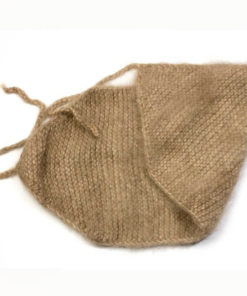 Dog Hair Belt
1 × $69.00
Dog Hair Belt
1 × $69.00 -
×
![Smith Frequency 086: [Relevant Keyword] Guide](https://globalhealingweb.com/wp-content/uploads/2024/11/6295017024-247x296.jpg) Smith Frequency 086: [Relevant Keyword] Guide
1 × $139.00
Smith Frequency 086: [Relevant Keyword] Guide
1 × $139.00 -
×
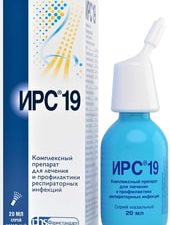 Abbott Irs 19 Spray, 20 ml.
1 × $79.00
Abbott Irs 19 Spray, 20 ml.
1 × $79.00
Subtotal: $2,559.00

